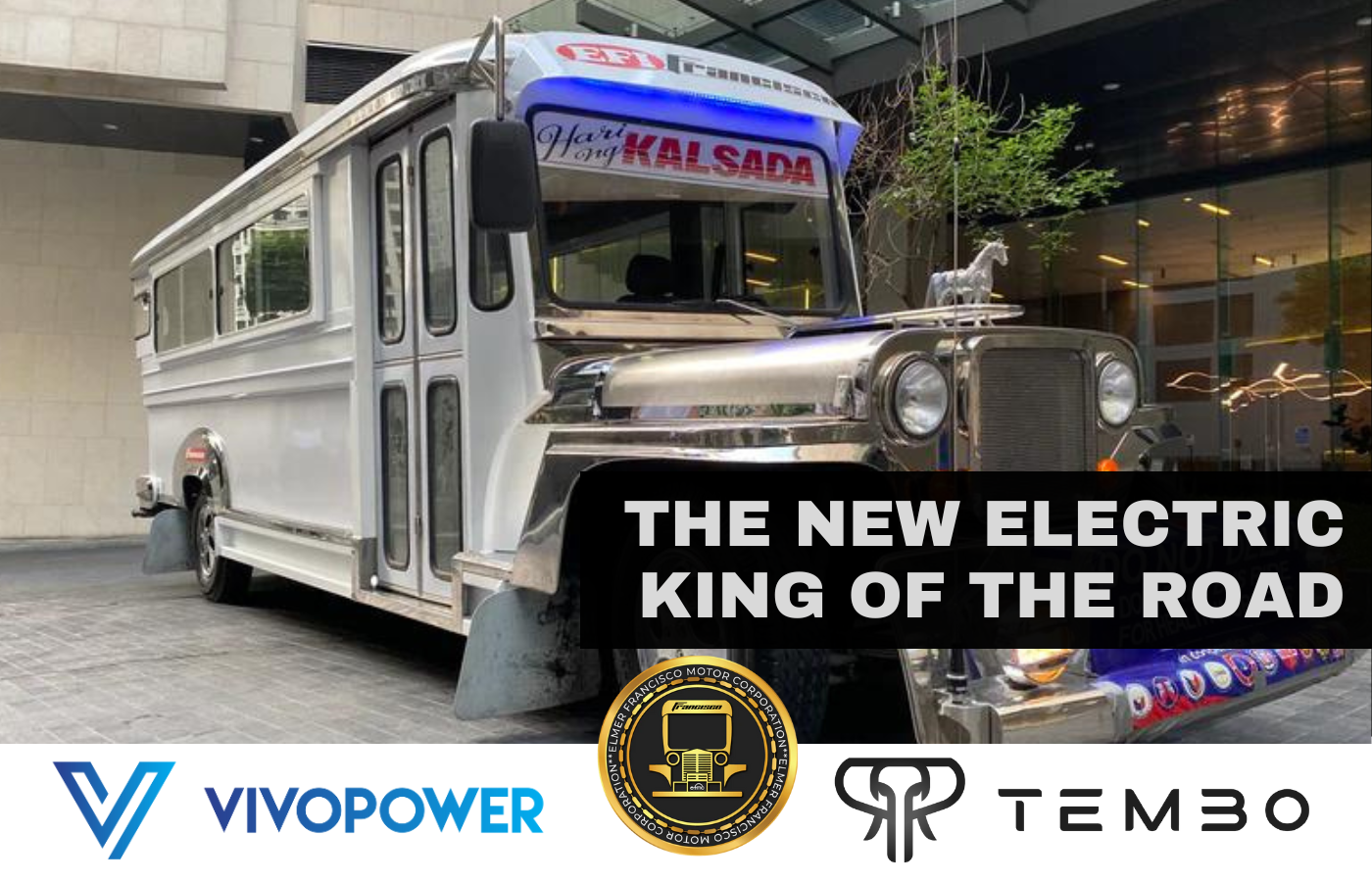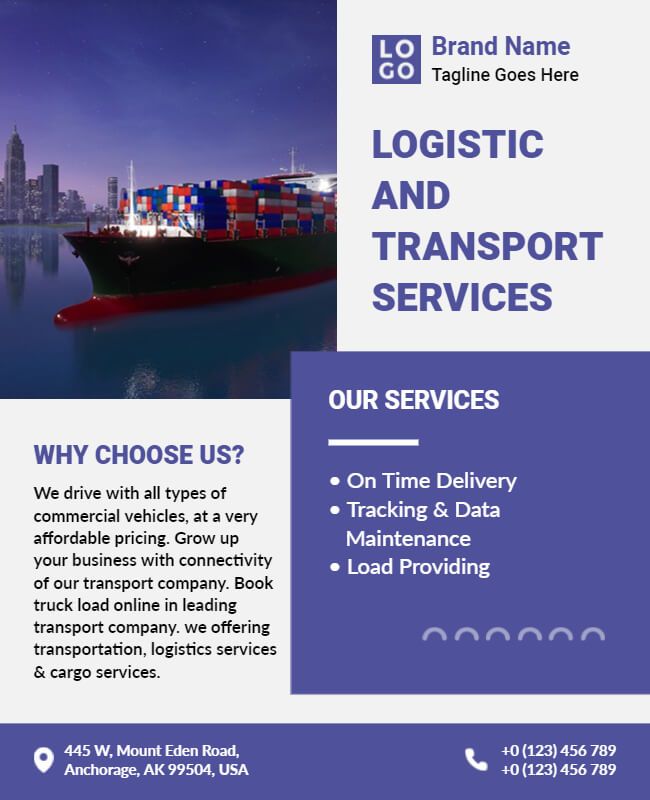Transit Advertising Philippines: An Ingenious Way to Advertise
Transit Advertising Philippines: An Ingenious Way to Advertise
Blog Article
Discovering the Influence and Efficiency of Transportation Advertising And Marketing in Urban Advertising And Marketing Techniques
Transit advertising and marketing has actually come to be a significant part of metropolitan advertising methods, profiting from the special dynamics of public transport atmospheres. Its ability to reach a varied and wide target market provides brands with an opportunity to produce significant links with constant exposure. Nonetheless, with the rapid evolution of innovation and changing customer habits, the landscape of transportation advertising and marketing is undertaking noteworthy changes that merit closer examination. What effects do these trends hold for online marketers looking for to harness the complete potential of this tool?
The Increase of Transportation Marketing
As city populaces remain to swell, the need for cutting-edge advertising and marketing services has actually caused the surge of transportation marketing as a pivotal component of city advertising and marketing approaches. This type of advertising and marketing leverages public transport systems-- such as trains, trains, and buses-- to reach a diverse target market in densely populated areas. The efficiency of transit advertising lies in its capacity to involve customers during their day-to-day commutes, an often ignored yet important time for brand messaging.
With cities coming to be increasingly stuffed, conventional advertising and marketing areas are becoming scarce and much less efficient. Transportation advertising and marketing uses a vibrant alternative, making it possible for brands to showcase their messages in high-traffic areas where prospective customers are continually exposed to the ads. In addition, as city residents progressively count on mass transit, the importance and exposure of transit advertising and marketing have actually expanded significantly.
Furthermore, technological innovations have actually improved the refinement of transportation advertising and marketing, enabling for digital display screens and interactive campaigns that can catch customer interest better than static ads. Therefore, transportation advertising and marketing is not just a cost-efficient option however also a crucial method for brands looking for to get in touch with metropolitan consumers in a remarkable and impactful manner.
Trick Benefits of Transit Marketing
The performance of transportation advertising is underscored by its complex benefits, making it an indispensable tool for urban marketing experts. Among the key advantages is its considerable reach; transit systems serve millions of passengers daily, permitting brand names to get in touch with a varied target market in high-traffic atmospheres. This exposure improves brand name understanding, ensuring that promotions are seen consistently by travelers.

Furthermore, transit marketing is cost-effective compared to various other media, supplying a lower price per impression while preserving high exposure. The versatility of advertisement styles, from bus covers to digital displays, permits for creative and impactful projects that can adjust to changing market demands.
Consumer Habits Insights
A significant part of consumer behavior is influenced by the pervasive nature of transit advertising and marketing in urban environments. This type of advertising and marketing captures the attention of diverse demographics, engaging consumers during their day-to-day commutes. As people navigate bustling cityscapes, they run into transit advertisements in numerous layouts, consisting of bus wraps, metro posters, and digital screens. The calculated positioning of these advertisements makes best use of visibility, thereby enhancing brand name recall.
Research study suggests that transit advertising can stimulate psychological reactions, resulting in enhanced brand name fondness. Consumers usually connect the experience of travelling with specific brand names, developing a long lasting impact that influences acquiring decisions. In addition, the frequency of direct exposure to transit advertisements fosters experience, which is a vital consider consumer trust and loyalty.

Furthermore, the common facet of public transport contributes to this sensation; as people share spaces, they are much more most likely to talk about and advise brands they experience. Hence, transportation advertising not just gets to consumers however likewise boosts social communications that strengthen brand messaging. Comprehending these behavioral understandings permits marketing professionals to tailor their approaches efficiently, ensuring that their campaigns reverberate with target audiences in the metropolitan landscape.
Case Studies and Success Stories
Effective application of transportation marketing techniques is exhibited with various study that highlight its performance in metropolitan marketing. One significant instance is the cooperation between a prominent beverage company and a significant city's public transportation system. The project used bus covers and interior posters, causing a 30% boost check out here in brand name recognition and a 15% surge in sales within the target demographic over 3 months.
One more successful case entailed a local restaurant chain that used train station marketing to draw in travelers. By developing visually striking ads that used timed promos, the dining establishment experienced an uptick in foot more helpful hints traffic, with an impressive 25% increase in lunch hour patrons.
In addition, a city's tourism board released a transportation project showcasing regional destinations through bus quit display screens and train advertisements. The initiative caused a considerable increase in tourist brows through, as reported by a 40% rise in questions at visitor facilities.
These study highlight the flexibility and capacity of transportation marketing to engage metropolitan target markets properly, demonstrating that critical placements can generate significant returns on investment and enhance brand name visibility in bustling urban environments. - Transit Advertising Philippines
Future Patterns in Transportation Advertising And Marketing
As urban landscapes remain to evolve, so too does the world of transit advertising and marketing, which is poised to welcome cutting-edge technologies and methods. One substantial pattern is the integration of digital advertising and marketing screens right into public transportation systems. These vibrant screens permit for real-time updates and targeted web content, enhancing target market interaction. In addition, the adoption of programmatic advertising and marketing is expected to get momentum, allowing marketers to leverage information analytics for more precise audience targeting based upon time, location, and market understandings.
Another arising fad is the use of increased fact (AR) and digital truth (VIRTUAL REALITY) experiences within transportation advertising. These immersive innovations can captivate travelers, transforming mundane journeys right into interactive brand experiences. Furthermore, sustainability is ending up being significantly essential; green advertising and marketing materials and practices are most likely to get grip, showing the growing consumer need for business social duty.
Finally, the increase of mobile connection will certainly promote better integration between transit advertising and personal devices. Marketers can produce smooth cross-channel experiences, enabling immediate communication and engagement with prospective consumers. Jointly, these trends indicate a transformative future for transportation advertising, offering brand-new opportunities for brands to get in touch with metropolitan audiences.
Final Thought
Transportation marketing has actually developed itself as a substantial part of metropolitan marketing techniques, showing considerable performance via boosted brand name presence and customer interaction. The capacity to adapt messages to certain demographics, paired with the innovative usage of innovation, positions transit advertising and marketing as a driving force in contemporary advertising (Transit Advertising Philippines). As city atmospheres continue to evolve, the future of transportation advertising and marketing assures further advancements, guaranteeing its importance and influence in forming consumer assumptions and habits in metropolitan landscapes
As metropolitan populaces continue to swell, the need learn the facts here now for innovative advertising remedies has actually led to the increase of transportation marketing as an essential part of metropolitan marketing techniques.A considerable section of customer habits is influenced by the prevalent nature of transit marketing in metropolitan atmospheres. Collectively, these fads suggest a transformative future for transportation advertising and marketing, using brand-new opportunities for brand names to connect with metropolitan audiences.
Transportation advertising and marketing has developed itself as a considerable component of city marketing methods, showing significant efficiency through enhanced brand name exposure and customer engagement. As urban environments proceed to progress, the future of transportation advertising promises additional developments, guaranteeing its relevance and influence in shaping customer assumptions and habits in urban landscapes.
Report this page